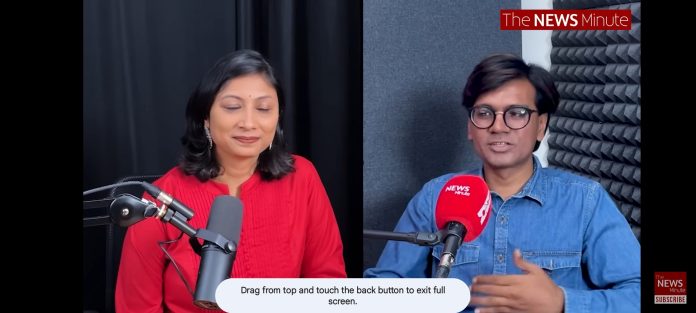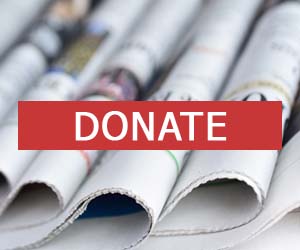As India and Pakistan face renewed tensions, a parallel battle unfolds in the digital world—a war of misinformation. In a special episode of Let Me Explain, journalist Pooja Prasanna sits down with fact-checker Mohammed Zubair to decode how fake news spreads during conflicts and why fighting it is crucial, reported the Newsminute.
Conflict today isn’t limited to borders and armies—it spills over into social media, where misinformation spreads faster than bullets. People rush to their screens seeking real-time updates, often falling prey to viral falsehoods. Even before official statements are made, misleading videos and doctored narratives begin circulating.
Zubair, co-founder of Alt News, shares examples of recent fake news that surfaced after the Pahalgam attack. One video, circulated widely by Pakistani social media accounts, falsely claimed to show an attack on an Indian military colony. The video’s actual origin remains unclear but is suspected to be from Indonesia and predates the Pahalgam incident. Another clip, claimed to be from a Pakistani strike on Srinagar’s air base, turned out to be an old video from Pakistan-occupied Kashmir.
The consequences of such disinformation are severe. Fake news doesn’t just mislead—it incites hate, fuels nationalism, and exacerbates diplomatic crises. And journalists, in the rush to break news first, sometimes become unintentional propagators of these false narratives.
During Press Freedom Week, The News Minute stresses the importance of accurate reporting and responsible journalism. Zubair highlights the importance of fact-checking, not just by media houses but by individuals too. In a world where even governments and official handles sometimes share misleading content, fact-checkers stand as the last line of defense.
Historical examples serve as cautionary tales: from Nazi propaganda in WWII to fabricated testimonies during the Gulf War and false claims about Iraq’s weapons in 2003, disinformation has repeatedly been used to justify violence. In recent years, similar tactics have been employed in the context of Palestine, where grieving victims were accused of acting—a claim later proven false by investigators.
Countries like Finland have begun educating schoolchildren on media literacy—an initiative India, particularly Kerala, once attempted. In times of war, disinformation can cloud judgment, dilute compassion, and destroy truth.
The message is clear: misinformation is not harmless. It is weaponized, strategic, and deeply harmful. Each individual has a role in combating it—by questioning sources, verifying claims, and sharing responsibly.
In a time when truth is under attack, standing for facts is more important than ever.




